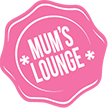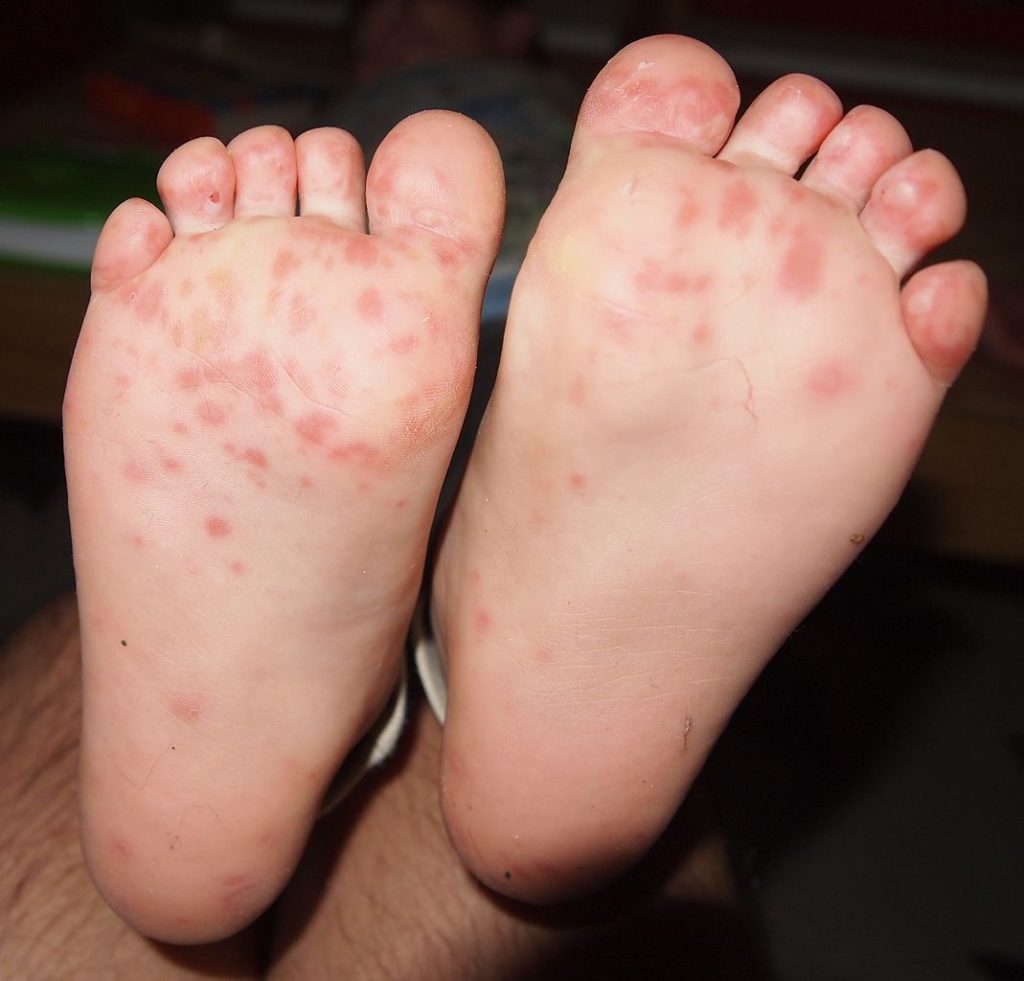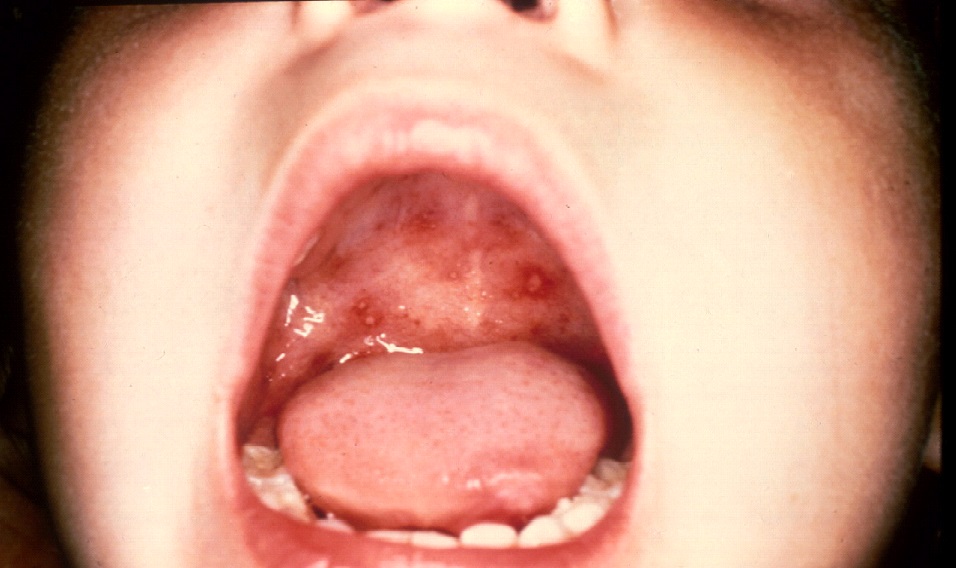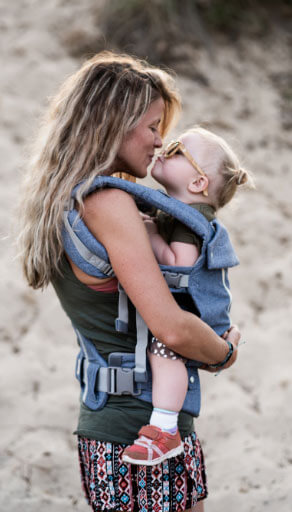“Massive Outbreak” of Hand, Foot and Mouth Disease in Sydney

“Massive Outbreak” of Hand, Foot and Mouth Disease in Sydney
Parents are being advised to keep their children home from school and daycare if they show signs of a rash after reports of a “massive outbreak” of hand, foot and mouth disease in Sydney’s south west.
The highly contagious and often painful virus has seen one medical centre treating ten cases of the disease in Liverpool over the last month.
There have been seven children under five present to hospitals in the Nepean Blue Mountains Local Health District with the virus in the last week alone and there have been 60 cases reported across NSW in the same time frame.
Small outbreaks of the disease have also been reported in at least two childcare centres in the Penrith area.
“This is a massive outbreak. What we’ve realised is that parents don’t know what to do and are sending their children to childcare with it,” Dr Bishoy Marcus from My Health Medical Centre said.
As a mother of four myself, I realised that I didn’t know anything about hand, foot and mouth disease either. I decided to do a little research to learn a bit more about the virus and its effects on children. Here is what I found:
Hand, Foot and Mouth Disease Fact Sheet
What is hand, foot and mouth disease?
Hand, foot and mouth disease is generally a mild illness caused by contact with a virus. It is usually not a serious illness, and it mainly occurs in children under 10 years of age but can also occur in older children and adults.
What are the symptoms?
Hand, foot and mouth disease starts with blisters that begin as small red dots, later becoming ulcers.
Blisters appear inside the cheeks, gums, and on the sides of the tongue, as well as on the palms of the hands and soles of the feet. In infants, blisters can sometimes be seen in the nappy area. Blisters usually last for seven 7 to 10 days.
Children can sometimes have a low fever, irritability, sore throat, tiredness, feel off colour and may be off their food for a day or two.
How is it spread?
Hand, foot and mouth disease is usually spread by person-to-person contact. The virus is spread from the faeces of an infected person to the mouth of the next person by contaminated hands. It is also spread by secretions from the mouth or respiratory system, and by direct contact with the fluid from blisters.
It usually takes between three and five days after contact with an infected person before blisters appear. The viruses can remain in faeces for several weeks.
Who is at risk?
The viruses that cause hand, foot and mouth disease are common and particularly affect children.
Many adults, including pregnant women, are often exposed to them without symptoms. There is no clear evidence of risk to unborn babies from hand, foot and mouth disease. However, infected mothers can pass the infection onto newborn babies who rarely can have severe disease.
Outbreaks may occur in child-care settings.
How can it be prevented?
Good hygiene is the best protection:
Wash hands with soap and water after going to the toilet, before eating, after wiping noses, and after changing nappies or soiled clothing.
Avoid sharing cups, eating utensils, items of personal hygiene (for example: towels, washers and toothbrushes), and clothing (especially shoes and socks).
Thoroughly wash any soiled clothing and any surfaces or toys that may have been contaminated.
Teach children about cough and sneeze etiquette:
Cover coughs and sneezes with a tissue. Coughing into an elbow is better than coughing into your hands.
Dispose of used tissues in the bin straight away and wash your hands afterwards with soap and water
How is it diagnosed?
Your doctor can diagnose hand, foot and mouth disease based on the symptoms. Laboratory tests are not usually necessary.
How is it treated?
Usually, no treatment is needed. The virus does not require antibiotics but paracetamol can relieve fever and discomfort for the child. Do not give children aspirin.
Allow blisters to dry out naturally. The blisters should not be deliberately burst because the fluid within them is infectious.
What are the signs of a serious infection?
Signs that an infant or older child might have a more serious form of hand, foot and mouth disease include any of the following:
• persistent fever (38°C or above for 72 hours or more)
• abnormal movements/jerking movements
• rapid breathing
• excessive tiredness, drowsiness
• excessive irritability
• difficulty walking
If any of these signs are present then the child should be seen by a doctor urgently even if they have been checked earlier in the illness.
How long should children stay away from childcare and school?
Children with hand, foot and mouth disease should be excluded from school or childcare facilities until their blisters have dried-up, and any rash (if present) has gone and any fever has settled.
Source: NSW Health















